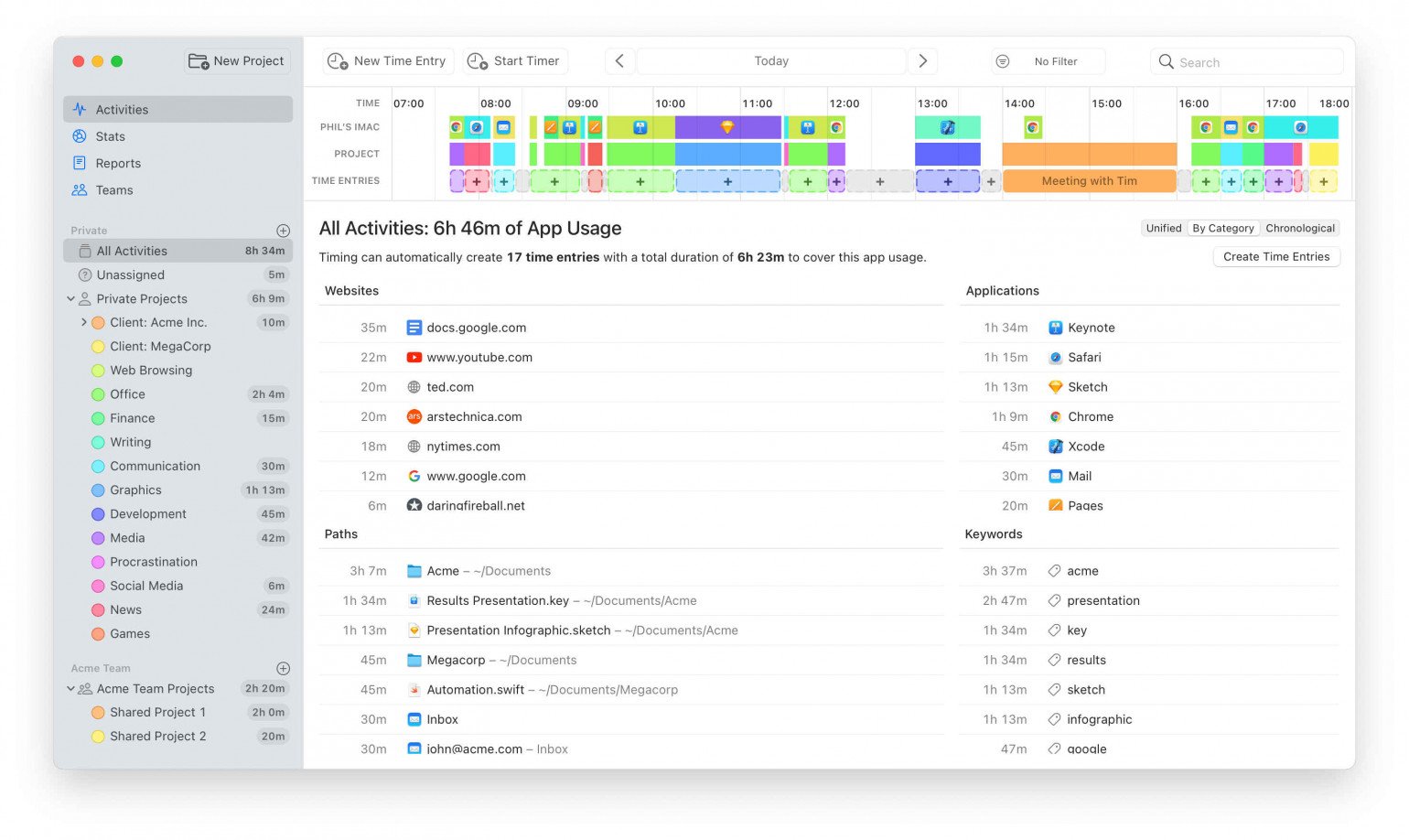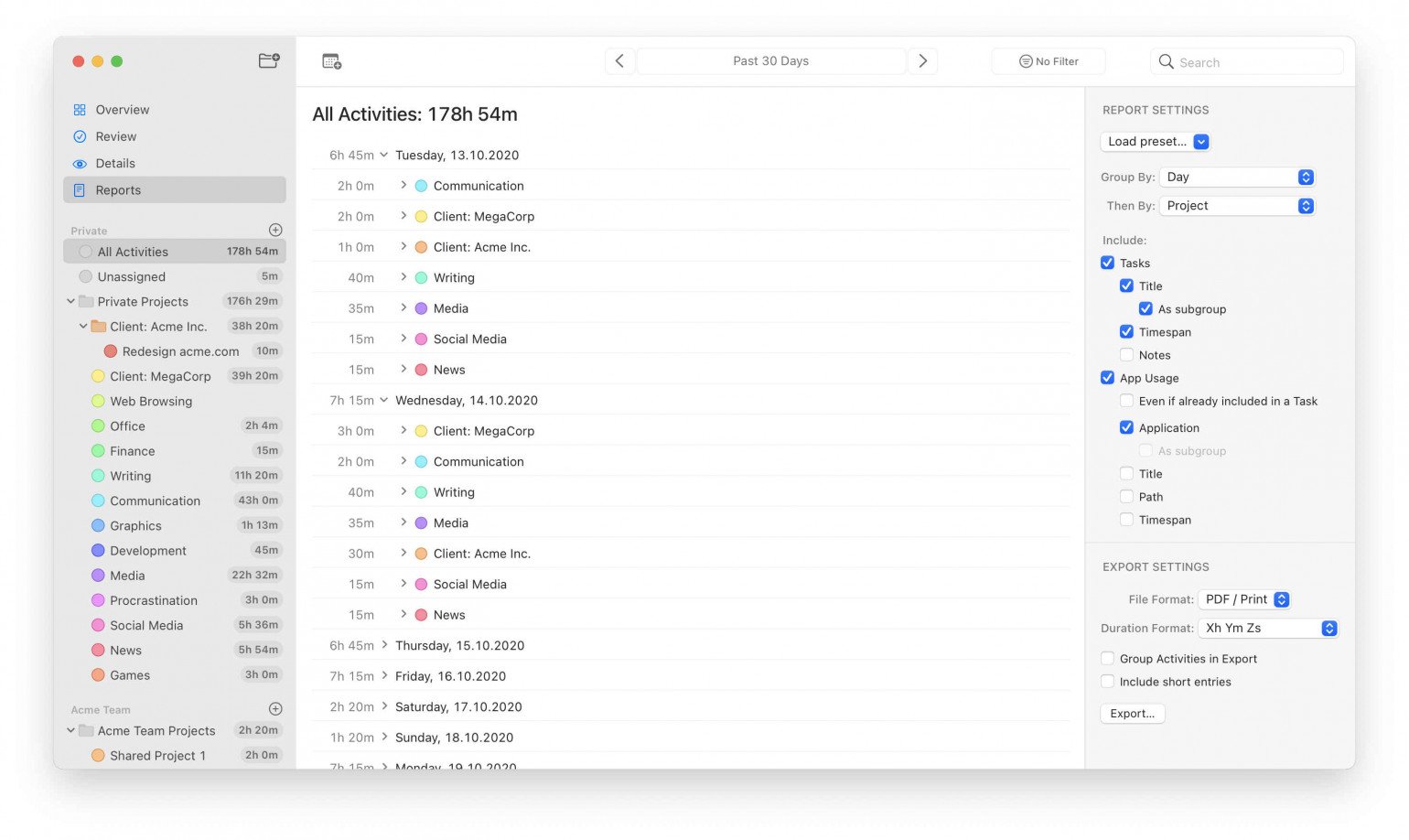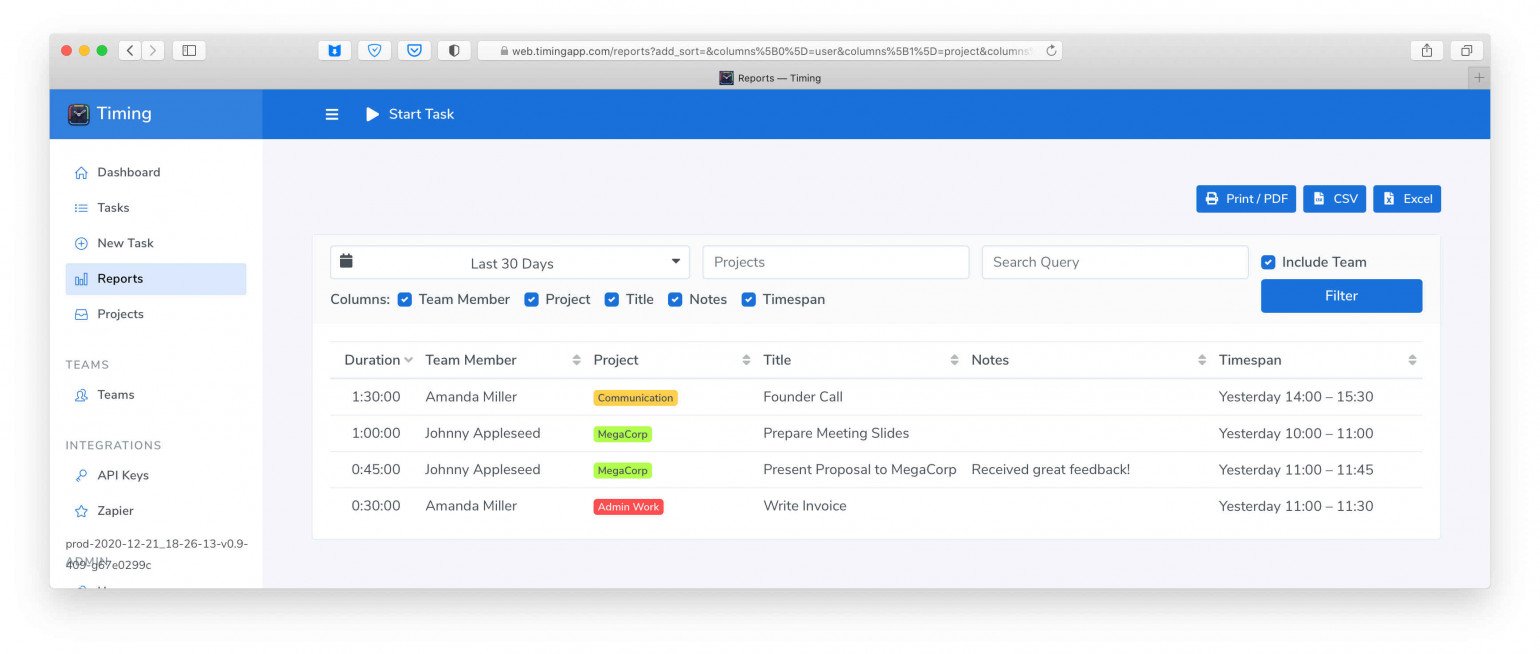The Dangers of Work Overload and How to Avoid It (for You and Your Team)

Whether you’re the team leader, part of a team, or work for yourself, you’ve probably dealt with work overload. It’s a tricky condition that creeps up in organizations of any size. If work overload is unchecked, it can profoundly impact your people and work products.
In this article, we dive into work overload, its impact, and the steps you can take to avoid it. You can save your team from burnout and continue producing high-quality work with the right processes and tools.
If work overload is unchecked, it can profoundly impact employees and work products. Share on X
What is Work Overload?

Work overload is when an individual has more work than they can reasonably handle within a given time. This high ratio of work to time can lead to stress, burnout, and decreased productivity. Factors that can contribute to work overload include having too many responsibilities, unrealistic deadlines, and a lack of support or resources.
According to Gallup, people are working more than ever before. “Adults employed full time in the U.S. report working an average of 47 hours per week, almost a full workday longer than what a standard five-day, 9-to-5 schedule entails. In fact, half of all full-time workers indicate they typically work more than 40 hours, and nearly four in 10 say they work at least 50 hours.”
Furthermore, a recent ADP Research Institute study uncovered some startling facts about work overload:
- 56% of people regularly experience intense and high-pressure work.
- 43% of people overwork because of employer expectations.
- 19% of people work overtime every single day.
- A third of people say their supervisors don’t address their concerns when they complain about work overload.
What causes work overload? There are several reasons, and we’re all likely dealing with at least one: Stagnant wages, rising costs/inflation, the movement toward a global economy, and other economic factors. Some of us are trying to climb the social ladder. Others want to do better than their parents.
Company culture is a significant factor, of course. If an organization doesn’t have clearly defined priorities, team members don’t know where to focus, leading us to spend time on projects that don’t have much impact. To compensate, workers work more, even though it’s a management problem.
Poorly organized institutions create work overload by failing to manage responsibilities. Employees who wear too many hats or solve too many crises outside their job description quickly become burned out. In many cases, employees are too afraid to admit they have too much work for fear of losing their job, so they suffer quietly and put in too many hours.
There’s a cultural element to burnout at work, as well. Many of us define ourselves by the work we do. We introduce ourselves with our job titles or the companies who employ us. We make work part of our identity, so we never say no to more hours, projects, or responsibilities.
Hustle culture is another contributing factor. For some, there’s the drive to maximize productivity and turn every hobby or activity into a revenue generator. What once was fun and satisfying can quickly become tedious and grueling.
Remote work doesn’t offer a solution. While it’s true that remote work often provides freedom and flexibility, it doesn’t reduce the actual amount of work or stress incurred. Some organizations even place higher standards on remote workers and micromanage them with abusive employee monitoring programs.
The Impact of Work Overload

Work overload is hard to quantify, but its impact is quite real. Here are some challenges you and your organization will face if your employees suffer from work overload.
People Constantly Miss Deadlines
Deadlines are important tools to keep people motivated and making progress, but if your team frequently misses them, you need to look closer. It could mean A) your deadlines are too tight, or B) they are so overloaded with work that they can’t meet them. Over time, you or your team will develop a sense of helplessness and simply stop trying.
People Make Lots of Mistakes
Overloaded people work quickly to keep up, taking shortcuts, making assumptions, and neglecting to double-check. They can’t focus on tasks because they constantly worry about the next one. Those mistakes contribute to serious deficits until there’s a genuine decrease in the quality of work.
People Stop Caring About Their Work
Overworked team members tend to become overwhelmed and stop caring about their job. There are too many competing priorities to care about any one of them. As they miss deadlines, they make mistakes and let others down. If they can’t succeed, why bother trying?
Conflicts Emerge Between Team Members
As exhaustion, fatigue, and stress set in, team members begin to clash against one another. They blame each other for problems and look for ways to abdicate responsibility. This type of agitation can seep into every facet of their relationships.
Increased Tardiness and Time Off
Work overload tends to cause employees to show up late or miss days because they can’t cope with the stress. These “recovery periods” aren’t the same as proper rest. Furthermore, when people who work late or start early become physically tired and less productive during their work hours. Compounding this over weeks and months, your team can grow shockingly unproductive.
Your Reputation Suffers
If work overload is left unaddressed for too long, your organization can build a reputation for treating employees poorly. You’ll struggle to keep your staff and recruit new talent. The poor quality work created by overloaded team members will disappoint clients and customers, impacting your revenue.
11 Tips to Help Your Team Avoid Work Overload
It’s hard to repair employee burnout once it happens. As a leader, the most effective strategy is to prevent it from happening in the first place. Here are some tips to avoid work overload for yourself and your team.
1. Find the Problem
Work overload is often challenging because it’s hard to measure. It’s difficult to say how much one employee can handle because everyone has different limitations. One employee could thrive while others struggle under the same workload.
Sometimes, employees are responsible for more work than their managers know. Workers sometimes pick up little responsibilities here and there that only get documented or noticed once that person leaves the company. Elizabeth Grace Saunders, a time management coach and the author, says it perfectly:
“As a time coach, I’ve found that one of the biggest keys to achieving balance is to start objectively evaluating the fact-based aspects of your schedule, rather than letting a vague sense of fear drive your decisions. No matter how valuable a team member you may be, no one can fit 100 hours of work into 40 hours a week, or even 60 hours.”
Your first step, therefore, is to understand the problem. Map out all the work you and your team do daily. Then consider the special projects that pop up, including their size and frequency. Timing tracking with a tool like Timing is critically important here because it automatically tracks everything you do on your Mac, so your timeline of activities is always accurate.

2. Learn to Say “No”
When you’re overworked, sometimes the best solution is simply to decline new tasks and projects. “Sorry, I don’t have the bandwidth for another assignment at this time” is a polite way to put it, but don’t be afraid to give a declarative “No.”
If you’re worried about ruining relationships at work, don’t be. People respect assertiveness. Be confident but not mean. They can’t help you unless they know there’s a problem.
As a team leader, don’t be offended when your team members say “no.” If they can’t complete a task or project, be grateful they’re telling you honestly rather than failing to meet a deadline or producing subpar work. The alternative is to drive them to burnout and lose them from your team.
3. Set Clear Goals and Plans
Working in an environment without clear goals and plans tends to inflate work. If you don’t know where you’re going, you’ll probably take a long, winding, inefficient route.
Have a crystal clear understanding of your goals. Define what “done,” “complete,” or “success” looks like for every project or task. There should be no confusion about this. If no one knows what “done” looks like, they can’t possibly achieve it.
This planning is also a great time to prioritize and minimize your tasks. Rank your tasks and projects by importance. Eliminate the entirely unimportant tasks. Do this as a team so everyone can understand what each team member works on, which helps improve team autonomy.
Next, develop systems to achieve those goals. What actionable steps will you or the team take to get there? When are the deadlines for each phase? At what point will you stop and reevaluate whether the goal or deadline needs to be adjusted? Armed with this information, you should be able to avoid unnecessary work.
4. Set Communication Boundaries
Setting communication boundaries at work means setting clear expectations for communication with colleagues and managers, setting limits on when and how you are available to be contacted, and declining communication when necessary. You may need to declare this information in a written policy.
You’ll also need to set boundaries around what types of communication are appropriate in different situations. For example, in some cases, it may be best to send an email rather than have a face-to-face conversation.
Additionally, it is necessary to be assertive and communicate your boundaries clearly and respectfully. Don’t be afraid to ignore those “urgent” emails sent at 10 PM.
5. Create a Time Budget
A time budget is a way of managing your time, so no one struggles with work overload. This kind of budget uses time as a resource, similar to how your personal budget uses money as a resource. When the budget runs out of time, you should allocate no more work to it.
For instance, suppose you allocate an eight-hour day to a project that takes eight hours. In this case, you can schedule nothing else for that day. There is no more available time for anything else. You’ll have to assign any new projects to unscheduled blocks of time. If an unavoidable emergency comes up that takes one hour, the entire schedule will shift one hour later. You do not stack projects on top of each other.
This system only works when you have 1) good task forecasting and 2) a way to accurately track how you and the rest of the team spend your time. The solution is time-tracking software. Time tracking helps you identify the real-time cost of your work so you can keep yourself and your team on track and make accurate predictions for future projects.
Timing is the perfect solution for creating time budgets. It tracks your time automatically, recording the time spent in every app, document, and website you use. You can sort your work into clients and projects for a simple organization – or create rules so Timing can organize it all for you. Armed with this data, you can review your work (or your team’s) to help you accurately forecast future projects.

Teams can use Timing as well. The team leader can invite team members to Timing and create shared projects with everyone, and members can record time for the shared project. To protect team member privacy, leaders cannot view individual apps, documents, and websites members use. Leaders can only see the total time members spend on each team project. Additionally, non-team projects are private to them and not visible to team leaders.

6. Promote Mental Health Awareness
Be mindful of your mental health. Are you constantly stressed? Do you jump to anger quickly? Do you struggle to find enjoyment in things outside of work? These are signals that you’re dealing with work overload. Speak to your leader if you think your mental state, personality, or personal relationships are suffering due to your workload.
As a team leader, you should advocate for the team’s mental health. Keep them out of toxic environments or pointless bureaucracy. Most importantly, lead by example. If you care for your own mental health, you’ll set the expectation for the rest of your team.
7. Take Deliberate Breaks
A common trend amongst overworked people is that they rarely take time off work. They don’t take breaks throughout the day and eat lunch at their desk. They rarely use their paid time off to take a vacation — let alone big trips such as travelling to Europe to hike the Tour du Mont Blanc. Overworking like this can cause stress, burnout, and real health conditions, like anxiety, sleeping disorders, and even heart failure.
If you are an employee, insist on using your time off. If your time off requests get denied repeatedly, it’s time to start looking for a new job. If you lead a team, insist that your team use their paid time off, even if you have to suggest dates for them.
If you’re self-employed, you’ll need to find ways to build breaks into your schedule. You need at least one day off per week. If you can’t afford to take time off, it’s time to raise your rates or outsource some of your tasks.
8. Stop Multitasking
Here’s helpful advice they never taught us in school: In most cases, multitasking doesn’t work. Our brains are not suited to it. We take time to orient from one task to another. You may think you’re productive while multitasking, but you can be far more effective if you focus on one thing at a time, thereby minimizing the lag time of switching.
What’s worse, multitasking (or the closest we can get to it) is exhausting. It’s fighting your brain’s natural processes, which leads to burnout quickly.
Set blocks of time to work on specific tasks and limit yourself to only those tasks during the block. Doing this is called time batching. Don’t be distracted by emails, push notifications, or Slack messages. If you manage a team, give them the freedom to work on one task at a time. If they are deep into a task, try not to interrupt them.
9. Limit Collaboration
Collaboration is a powerful tool, but only when you use it properly. If you collaborate too much, it’s possible to spend an abundance of time collaborating and not enough time actually working.
In many organizations, over-collaboration occurs as they grow. New positions and teams require more interactions between parties. Suddenly you spend most of the day attending meetings, sending emails, and using various communication platforms.
How do you limit collaboration without affecting the quality of your work? First, avoid attending meetings that don’t directly impact you. Second, schedule time to focus on work daily (called deep work), even if you ignore people and notifications.
If you’re a team leader, analyze your organization’s structure. Limit the collaboration process to only those who can provide the best input. Don’t host an “all hands” meeting to get ideas if 80% of the attendees can’t offer anything valuable. Look through your time-tracking data to uncover just how often you and your team spend on pointless collaboration.
10. Delegate When Needed
If you can’t handle a task or project, don’t be afraid to delegate it to someone else, especially if other team members don’t have as many responsibilities.
As a team leader, doing this is simple, but it requires more tact in a team member. Go to your leader with your concerns and suggestions on how they can delegate the work to someone else. Offer support during the transition to ensure the other person will complete the job well.
These delegations are another area Timing can help. Team leaders can review the total time spent by each team member. If one member works significantly more than another, the leader can shift responsibilities so that no one is overworked.
11. Have One-on-One Meetings
If you lead a team, schedule regular check-in meetings with your team members to evaluate their mental health. Bluntly ask them if they are happy with their workload.
You must be honest with your leaders about work overload as a team member. Your burden may be evident to you but maybe not to others, so don’t expect them to notice on their own. Ideally, it would be best if you came to this conversation with recommendations to fix the problem.
Avoid Work Overload Before You Realize Its Costs
The challenge with work overload is that you can’t fix it overnight. Once you or your team begin to suffer its effects, it’s hard to change immediately. It requires a cultural shift that takes time and effort from leadership, along with new processes and tools. Therefore, your best plan of action is to prevent work overload before it occurs. Use the tips above to protect yourself and your team from the stress of working too much.
Avoid work overload by understanding how your team spends its time. Download a free 30-day trial of Timing.
